It may seem like a simple factor to contend with; ventilation. You open a window, let some fresh air in, and you're good to go. Right? Not necessarily. When you're speaking in the most general terms (because we know there is all different manner of RV enthusiasts out there) the RV lifestyle is one that's lived on the road. Yes, you can find yourself at a particular campground for weeks at a time, or for an entire season. That doesn't mean that at some point you won't be traveling down the highways of the contiguous U.S. So, what does this mean and how does it impact ventilation?
Exposure to ever-changing environments puts your RV and its different components to the test every year. When you are traveling from a hot climate to cold climates, low elevations to high, and from humid environments to the desert air, your rig's systems are taxed in multiple ways. While your RV will do a good job standing up to this treatment initially, the constant change will wear it down. Ventilation, in regards to these changing climes, is a huge factor in keeping your RV healthy.
VENTILATION: THE BASICS
Humidity -
Let's start with a primary factor that can take a quick toll on your rig; humidity. Humidity, by definition, is the presence of water vapor in the air. Many factors can increase the level of moisture in your rig:
- Showers
- Outside temperature penetration
- Cooking/washing of dishes/domestic activity
What makes humidity so insidious is the damage it can do to your rig's interior. A shower once in a while or some minor exposure while your RV is in storage, won't damage your systems. But, continual exposure to that type of environment can do damage on multiple levels such as:
- Corroding pipes/metal surfaces
- Causing warping or bubbling to wood and faux wood surfaces
- Loosening adhesive backing in walls and other applications/surfaces
- Creating conditions where molds can flourish
Those are just a few of the problems caused by humidity that can adversely affect your RV. Those are long-term effects. The short-term can be more cumbersome and comfort stealing. If your rig isn't adequately ventilated while you're moving down the highway, or when you're into your slot at the campground, you and your passengers are going to be very uncomfortable. The whole point of living the RV lifestyle (unless you're a hardcore boon docker) is to travel and see the country in comfort. To avoid a humid environment, which can be detrimental to your comfort, health, and the health of your RV, you need to make sure and keep a well-ventilated area. You can do that by adding the proper accessories and system components from RecPro.
AIR QUALITY -
It's the little things that count and your air quality, while not at the forefront of your mind (say, as much as your gas mileage) when it begins to deteriorate, you (and your passengers) quickly notice. Beyond the air just feeling stuffy (which your life on the road is supposed to be about comfort), there are many problems (just like with humidity) that can arise:
- Cooking fumes can release harmful levels of carbon monoxide and nitrogen dioxide into the air
- If you either vape or smoke not properly ventilating your unit will attach smells and chemicals to the walls, furniture, and fixtures in your rig
- If you don't vent the air in your rig and you're on the road for long durations, you can drop the O2 content of the air in your RV. While this is an affirmative showing your RV seals are intact, it also can cause drowsiness and fatigue
- Trapping lingering odors in your rig can make it unpleasant for you, as an owner, and also for anyone who visits, or stays in, your rig for any length of time
While all this may not seem like a big deal at first, when you add it all together, these factors can build up over time to create an environment that is, at best, unpleasant (and possibly dangerous.) The cooking fumes, as a byproduct, can be especially egregious. Scientist Brett Singer (California Berkeley) released a report on cooking fumes and their effects in the home. He stated, "If these were conditions that were outdoors the EPA [Environmental Protection Agency] would be cracking down. But since it's in people's homes, there's no regulation requiring anyone to fix it." (Chao 2013)
If you consider that an RV is an enclosed environment, with reduced square footage (much less than the average home size from the above study) the pervasiveness of toxins in the air (the carbon mentioned above monoxide and nitrogen dioxide) is increasingly relevant. With the advancement of technologies in the seals around your windows, doors, and structural pieces (in the struggle to increase savings on the cost of utility) there is an increased need for proper ventilation.
PETS -
Our pets are our family members. For many full-time RVers, they do not use kennels or relatives to watch their four-legged children. Wherever the RV goes, their pets go with. So, what does this have to do with roof vents and air quality? Like many of the invisible chemicals (biological or industrial) that are floating through the air, the byproducts of having pets in an enclosed environment, especially one that isn't adequately ventilated, can be a huge problem. Dander is a misnomer when it comes to your pets. The actual causes of allergens from your pets are from airborne saliva particles and urine-derived proteins. Desquamated epithelium (the shed outer layer of skin) from your favorite pet(s) is also a primary culprit in the causes of pet allergies.
What makes this so problematic in your enclosed RV environment is the ppm (parts per million) are increased ten-fold because of the homeostatic seal of your rig, and the smaller amount of real estate in your recreational vehicle versus your regular home where (because of extra space) the effects of the dander are mitigated.
Another problem is that your RV has many areas that can trap the "dander" from your pets. These include:
- Beds and bedding
- Couches/Chairs/Dinettes
- Curtains
- Carpeting/Rugs
- Walls and other exposed surfaces
While you might not be allergic to pets in normal cases of exposure to "dander," if your levels are elevated over long periods because of improper ventilation in your recreational vehicle, then you could develop symptoms. You love your furry family members and don't want to keep them separate from your cross-country travels. Make sure your RV is well-ventilated and cleaned so that you can keep your fur-babies right next to you while you make your way down the highways.
ALLERGENS –
Unless you suffer from severe allergies, you may not think of the content threat of allergens in the air at any given time. If you're going to venture off into the great blue yonder as a first-time, full-time, RVer, there's something you may not know. Outside of the "dander" from pets that travel with you, allergens from the outside, if you have an improperly sealed RV or one that is not well-ventilated, then you could be creating a mobile hay fever tube and not even know.
The problem arises with cross-country travelers not understanding that the exterior environment from region to region changes. It's not just about temperature; it's also about the local plant life. While there are many shared types of flora in the contiguous U.S., there are also wide variations by region. What may be common in the mountains of northern Idaho, would be foreign to the lowlands of the middle part of Florida. If you are traveling from one extreme to the other within a close period, you'll want a well-ventilated unit that will keep those allergens (pollen) out, and create a homeostatic environment if the air quality gets too bad on the road.
VENTILATION - WHAT NOW?
So, you now know what you're up against with the prospect of vitiated air in your RV. At the least, it is a smelly or uncomfortable nuisance. At the worst, it creates a toxic environment that can wreck your interior, and worse, your (and your passengers) health. What do you do now? The first thing to do is to make sure you have proper ventilation channels. It's not just enough to have windows that you can open (which you shouldn't leave open as you travel.) You need to have adequate vent ports such as:
- Wall vents
- Range hood vents
- Plumbing vents
- Roof Vents
Out of all the players in this category, you'll find that your roof vent(s) are some of the most important. The roof vent is one of the first ventilation solutions for your RV. It creates a cross breeze from the front windows of your rig as well as removes heat (as heat rises) from the rig. It is also a vent (because of its rear-facing placement) that can be left open as you make your way down the highway.
A fan can power roof vents or offer a screen-only (this was common in older models.) The fan is the recommended standard in today's models. It's not just the convenience factor, but the fact that the fan will pull stagnant (or tainted) air from your RV while it is at a stand-still. You won't have to open your windows and hope for some stiff breezes to come through to clear your RV. This will also allow you to keep your conditioned air in the RV without subjecting you and your passengers to the outside air whether it be hot or cold.
The cap is the other crucial component of your roof ventilation system. The vent cap is the outer enclosure that is operated by a crank (traditionally) or by remote control (or switch) in current models. While a minor inconvenience to have the crank handle in older (or more basic) models, it is convenient when there is a power failure. The benefit of an electric model is that a shorter passenger, or possibly one that can’t reach above their head due to infirmity, won't have to try to actuate the vent cap. With a push of a button, they can raise and lower the unit's cover.
RecPro offers a wide array of vents, vent caps, motors, and fans* for you to choose from when upgrading (or replacing an existing unit.) Make sure and contact a Customer Care representative to find out which unit would be best suited for your rig.

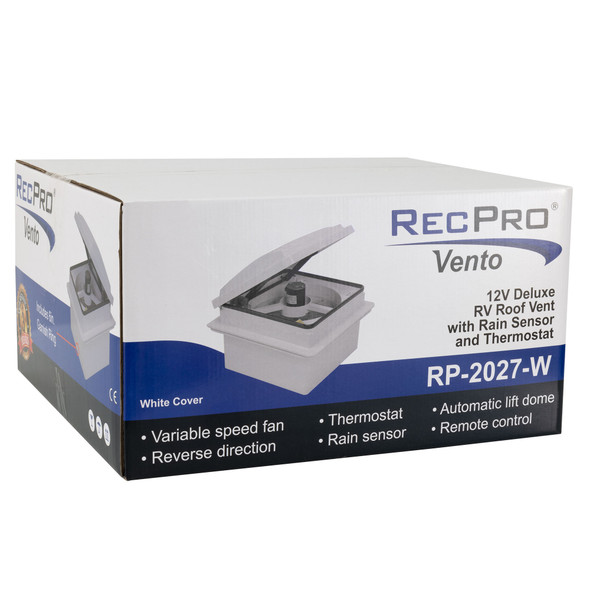

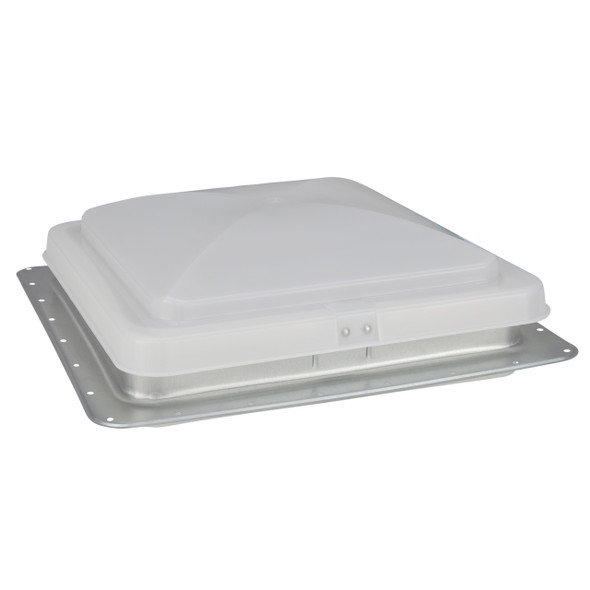 $57.95
$57.95
 $23.95
$23.95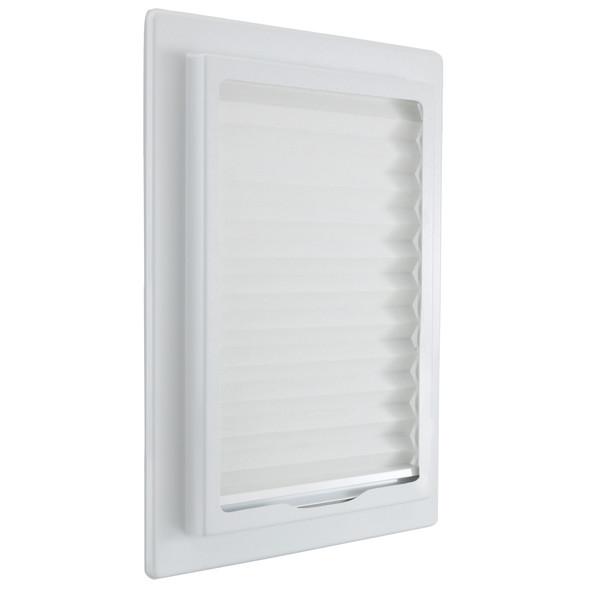
 $104.95
$104.95
 $239.95
$239.95
 $144.95
$144.95
 $20.95
$20.95
 $10.95
$10.95
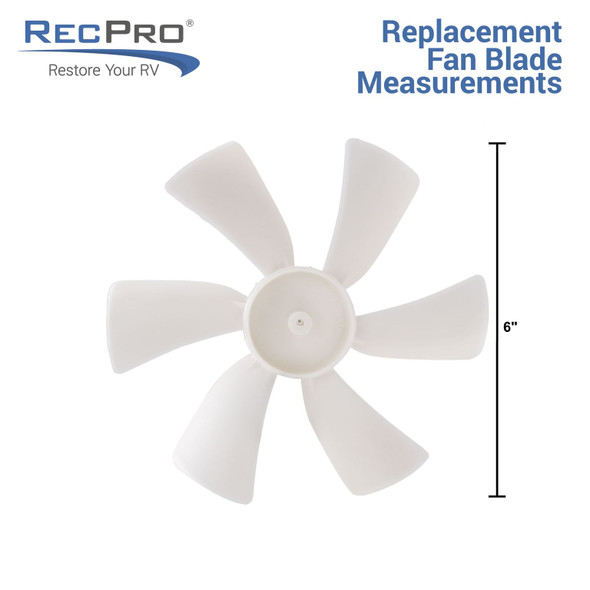 $22.95
$22.95
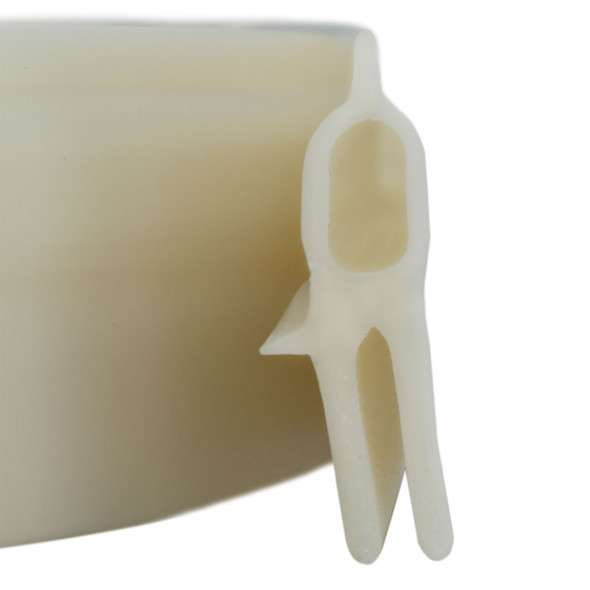 $10.95
$10.95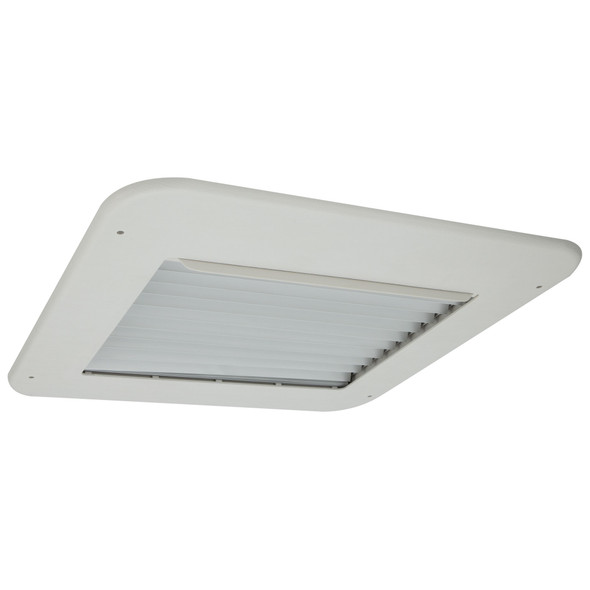
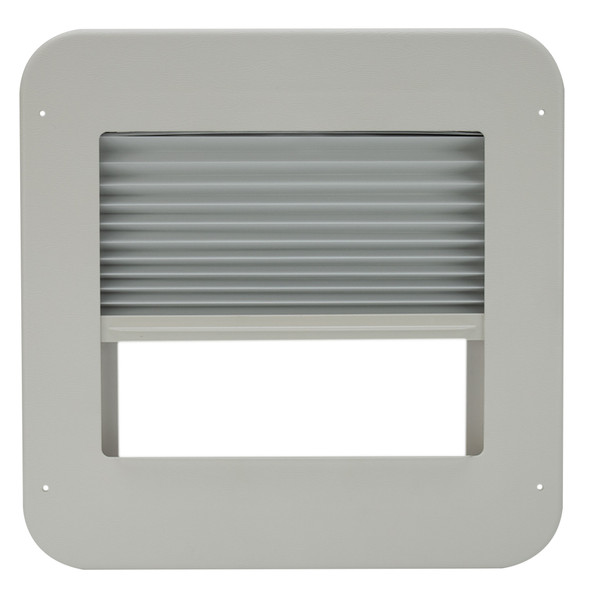 $51.95
$51.95
 $20.95
$20.95
 $39.95
$39.95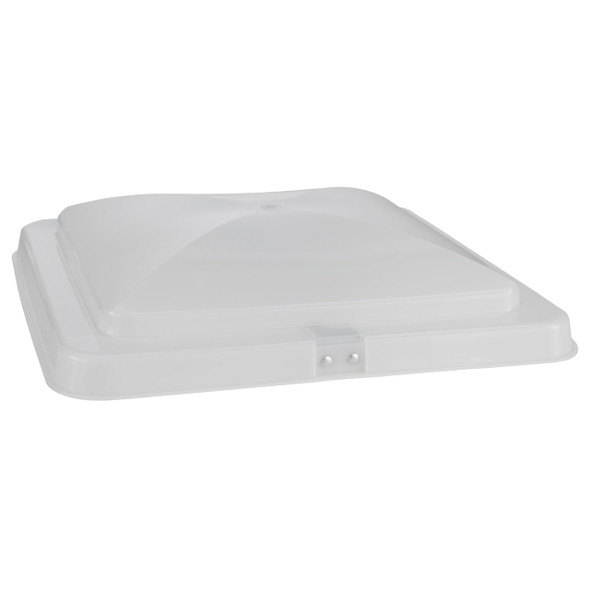
 $39.95
$39.95
 $57.95
$57.95
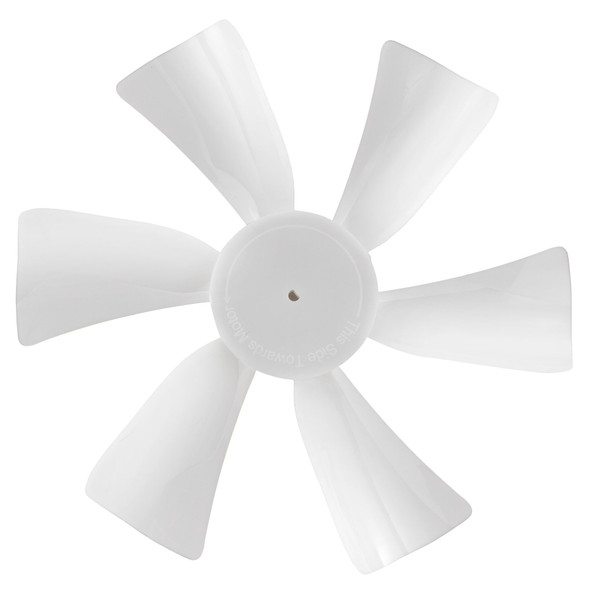 $12.95
$12.95
 $15.95
$15.95
 $104.95
$104.95
 $79.95
$79.95
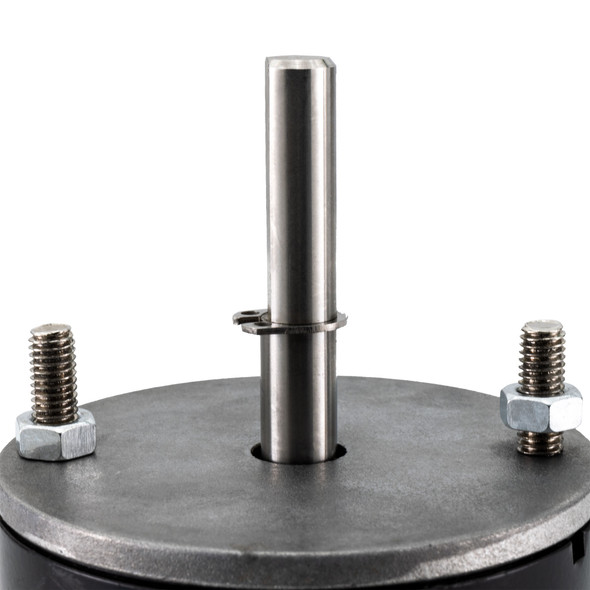 $33.95
$33.95